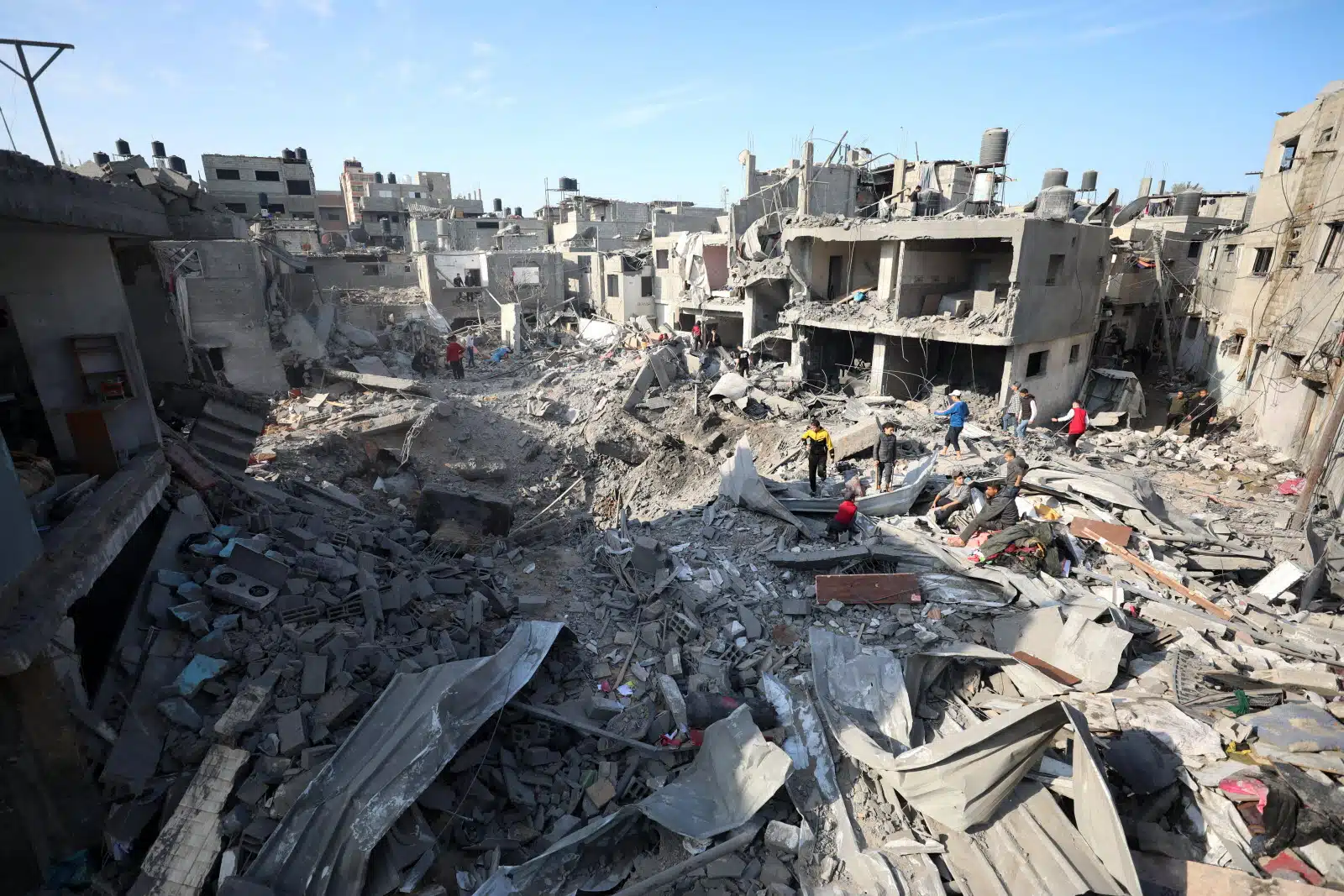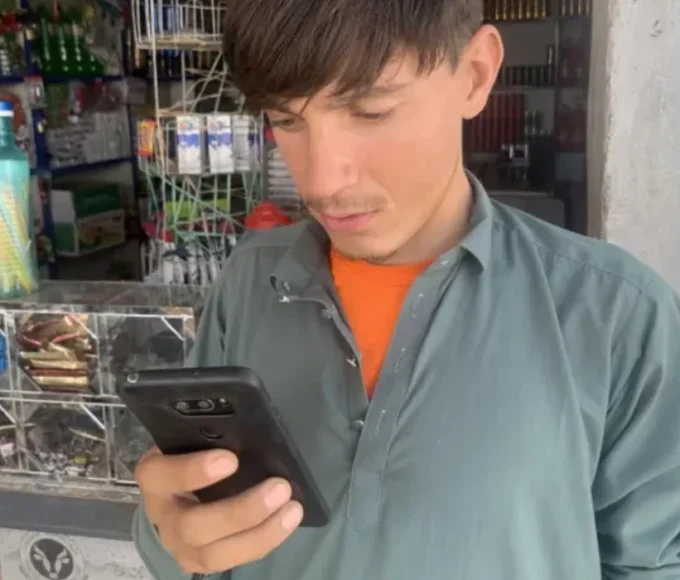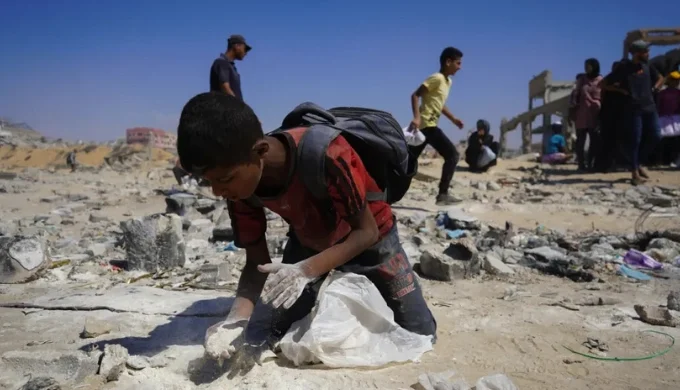The besieged Gaza Strip was the scene of deadly Israeli air raids and intense fighting on Monday after threats from the Palestinian Islamist movement Hamas not to release the hostages it is holding “alive” without negotiations.
New strikes, according to witnesses, targeted the towns of Khan Younes and Rafah, in the south of the Gaza Strip, where hundreds of thousands of civilians are massed after fleeing the fighting in the north.
The Hamas health ministry reported “dozens” of deaths across the Palestinian territory, including in Khan Yunis and Rafah, Gaza City and the neighboring Jabalia refugee camp in the north, as well as in the Nuseirat and Maghazi camps (center).
The army reported rocket fire from Gaza towards Israel on Monday, which caused damage and left one person lightly injured in Holon, a suburb of Tel Aviv, according to police. “I say to Hamas terrorists: this is the end,” Israeli Prime Minister Benjamin Netanyahu said to Hamas fighters on Sunday, calling on them to lay down their arms, affirming that many of them had surrendered these days. last days.
The war was launched on October 7 after an attack of unprecedented scale launched by Hamas commandos infiltrated into Israel from Gaza, during which 1,200 people, mostly civilians, were killed, according to Israeli authorities.
In response, Israel promised to destroy Hamas, in power since 2007 in the Gaza Strip, considered a terrorist organization by the United States, the European Union and Israel in particular. In parallel with its campaign of devastating airstrikes, the army has been leading a ground offensive against Hamas since October 27, initially concentrated in northern Gaza and then extended to the entire territory. The army announced Monday that 101 soldiers had died since the start of the ground offensive.
“No safe place”
A seven-day truce, from November 24 to December 1, freed 105 hostages held by Hamas and affiliated groups since October 7, 80 of whom were exchanged for 240 Palestinian prisoners held by Israel. Hamas warned on Sunday that none of the 137 hostages still held in Gaza would come out “alive” without “an exchange and a negotiation, and without meeting the demands of the resistance”.
According to the Hamas Ministry of Health, nearly 18,000 people died in the bombings on Gaza, the vast majority women and those under 18. In the south, hundreds of thousands of civilians are now squeezed into a cramped area near the closed border with Egypt, some of them forced to move several times as the fighting spreads.
According to the UN, more than half of the homes have been destroyed or damaged by the war in the Gaza Strip, where 1.9 million people have been displaced, or 85% of the population. The Israeli army has asked civilians to go to “safe areas” to escape the fighting.
Thousands of Gazans are fleeing however they can: by car or truck, sometimes by cart or on foot. Rafah, on the Egyptian border, was transformed into a gigantic camp for displaced people where hundreds of tents were hastily set up with pieces of wood, plastic sheeting and sheets.
Risk of diseases
According to the UN Office for the Coordination of Humanitarian Affairs (Ocha), tens of thousands of displaced people who have arrived in Rafah since December 3 “are facing dire conditions, in overcrowded places, both inside and outside the shelters.
“Crowds wait for hours around aid distribution centers, people are in desperate need of food, water, shelter, care and protection,” while “the absence of latrines adds to the risks of spreading diseases,” added Ocha.
Since October 9, Israel has imposed a total siege on the Gaza Strip. Arrivals from Egypt of food, medicine and fuel remain very insufficient according to the UN, and cannot be transported beyond Rafah.
This article is originally published on lavoixdunord.fr









